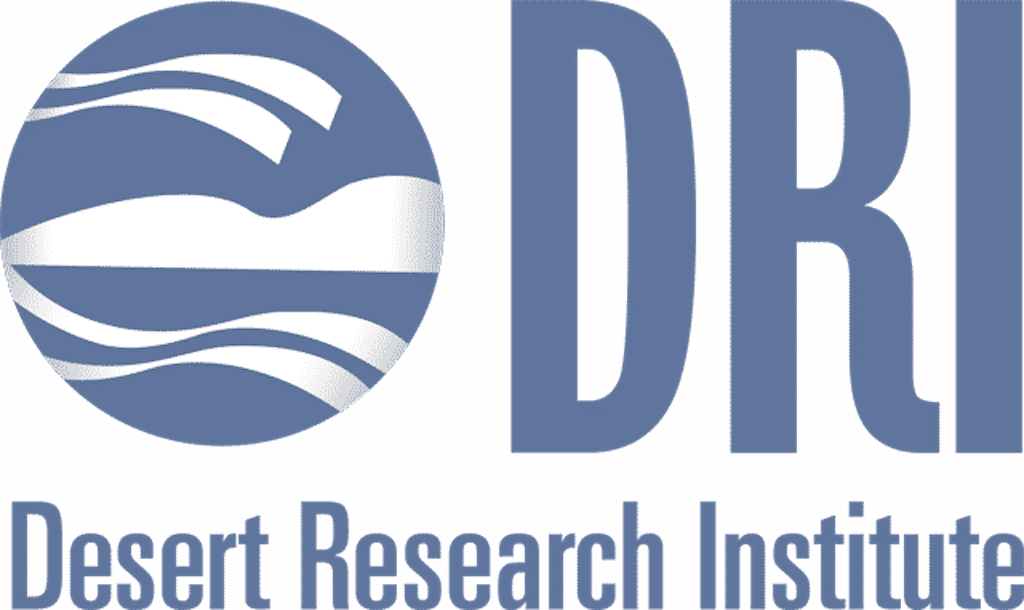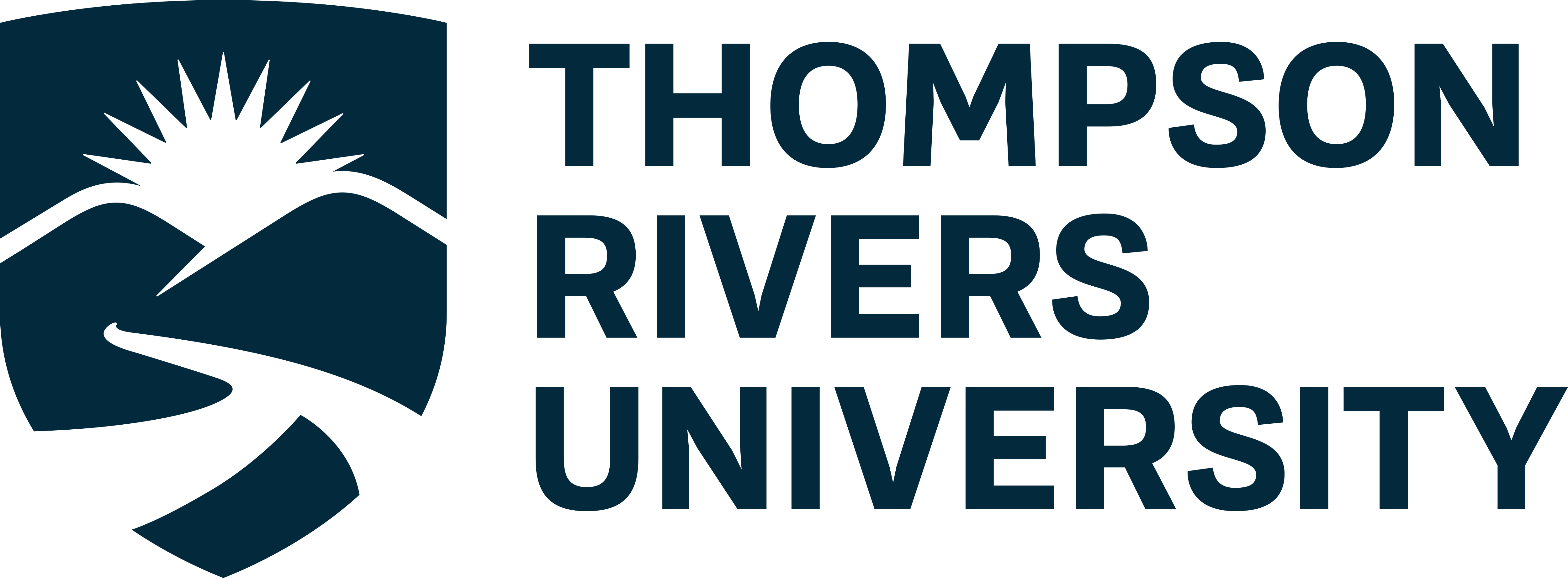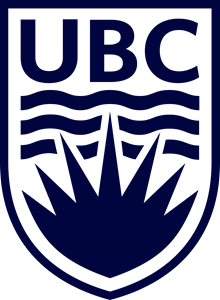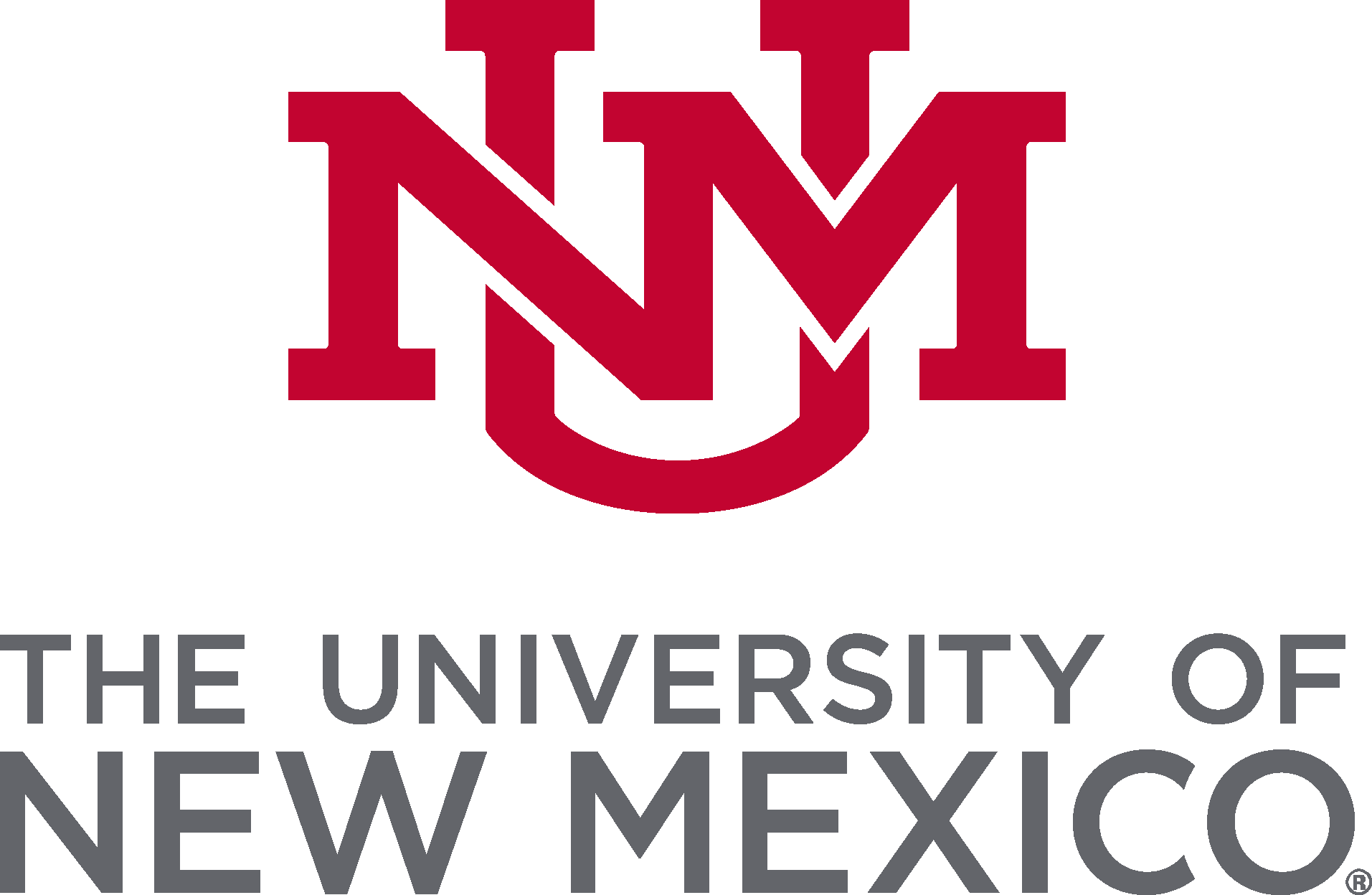ABOUT THE PROGRAM
Training and empowering the next generation.
WIRED Undergraduate Summer Fellowship Program provides undergraduate students each year from the United States and Canada with opportunities to immerse themselves in grid resilience, disaster planning, and climate adaptation. Our program offers research opportunities, transformative training, and peer mentorship designed to equip students with the skills, knowledge, and connections needed to build climate-resilient technologies and fortify the power grid. Fellows will work under the guidance of expert faculty and researchers on center activities related to data cyberinfrastructure, use-inspired research, community engagement, and our innovation ecosystem. Through collaboration with academic and industry leaders, fellows receive unparalleled experience researching and developing market-ready solutions.
-
Stay updated on application deadlines, new mentor organizations, and program news! Subscribe to our mailing list for timely announcements delivered straight to your inbox.
Undergradute Summer Fellowship Projects and Students
Frequently Asked Questions
Answers for Principal Investigators (PIs)
Who can submit project ideas?
What is the program timeline for 2025?
-
- PIs must submit projects by March 15, 2025.
- PIs will recruit an undergraduate student of their choice from their respective institution and, when ready, inform the Fellowship Committee to initiate a fellowship offer.
- Funds for the fellowship must be expended by August 31, 2025. The fellowship should occur during the summer term or semester between May and August.
How will fellowship funding be administrated?
PIs whose projects are approved for the fellowship program will receive information via email about funding information.
Where can I learn more about the program?
PIs who have questions about the program can email Masood Parvania at masood.parvania@utah.edu
Answers for Undergraduate Students/Fellows
What is the WIRED Undergraduate Summer Fellowship Program?
Each year, the program offers a unique opportunity for up to 5 undergraduate students to gain leadership experience and engage in research and training focused on grid resilience, disaster planning, and climate adaptation. Through this program, fellows collaborate with expert faculty and researchers, gaining hands-on experience and contributing to innovative solutions for pressing challenges in the energy sector.
Who should participate in the program?
Undergraduate students enrolled at member universities have the opportunity to participate in the program and be a part of a project conducted at their respective institutions. We welcome undergraduate students of all majors who are passionate about addressing issues related to power grid resilience, disaster preparedness, and climate adaptation. Fellows should demonstrate a strong interest in research, a commitment to learning, and a desire to make a positive impact in their communities and beyond.
Why should I be a fellow?
Fellows will receive $2,500 to work under the guidance of expert faculty and industry leaders, contributing to projects with real-world impact. Fellows build relationships and connections with faculty, researchers, industry partners, and peers. This fellowship will also pay the student fellows to attend the WIRED Annual Symposium in August, where students participate in sessions, network, and engage in hackathons.
What is the fellowship timeline?
-
- Deadline for students to apply is March 31, 2025.
- University of Utah Students apply here: 2025 Summer Undergraduate Fellowship Program
- Notification to students will go out by April 2025.
- The fellowship program operates during the summer between May and August, providing fellows with a focused and immersive experience. Exact fellowship dates may vary depending on specific project timelines and the duration of the summer semester/term at their respective institution.
- Deadline for students to apply is March 31, 2025.
Where do fellows work?
Fellows in the WIRED Undergraduate Summer Fellowship Program are hosted at one of our 11 member universities across the United States and Canada. Each fellow will work under the guidance of their associated project's faculty at the hosting university.
Where can I learn more about the program?
Students who have questions about the program, eligibility requirements, and program updates can email the PI of the project directly.
OTHER STUDENT PROGRAMS

Climate-Resilient Grid Short Courses
Open to university students; community members; and engineering, climate and atmospheric science, forestry, emergency planning, and community planning professionals. Our Interdisciplinary short courses—created by our affiliates and partners—bridge knowledge gaps and introduce cutting-edge innovations in climate science and power grids. We prioritize understanding accessibility and inclusion in energy resilience. We're exploring tailored certificate programs for undergraduate and graduate students at affiliate universities.
Commitment to Accessibility and Inclusion
Through fellowships, research roles, webinars, and our annual meeting, we engage with and empower the next generation to make an impact on and drive change in power grid resilience.





